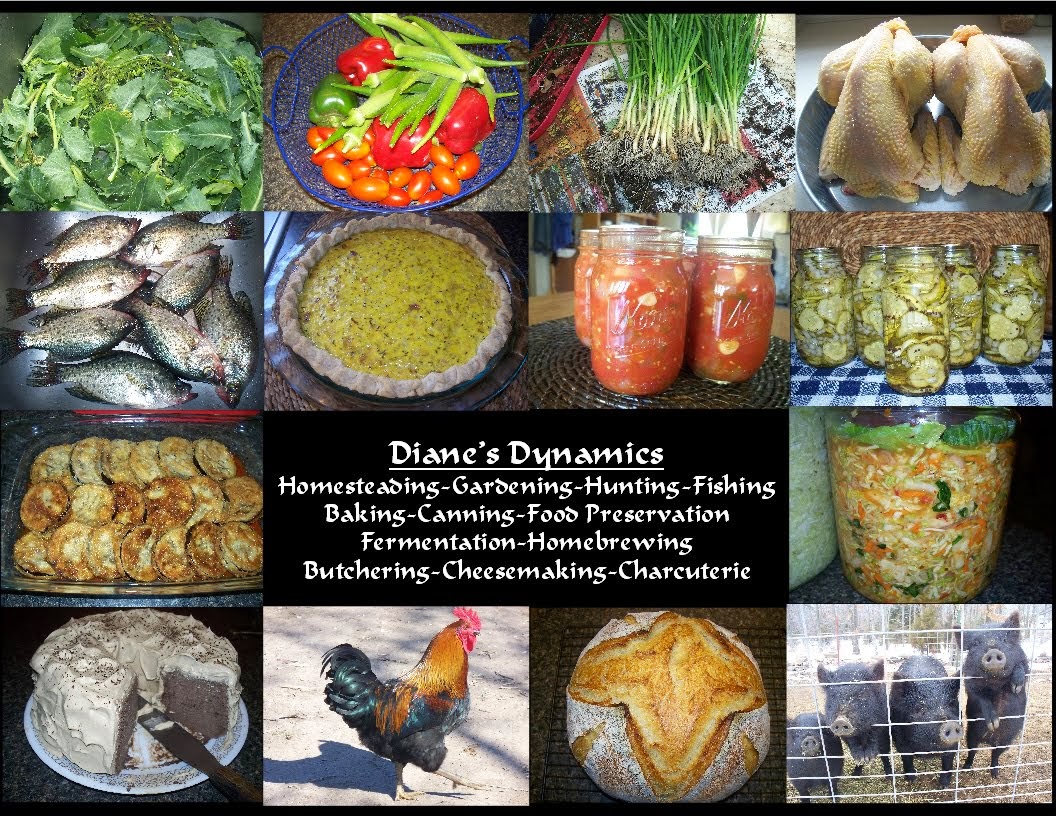 |
| The Onion Patch in April |
Here’s something that you’re not likely to know unless you garden: Those wonderful, fragrant onion bulbs that we cook with and eat year round would only be available for a few months a year if we couldn’t ship them from other parts of the country. And if you’re insistent on finding certain types of onions (sweet or pungent) during certain times of the year, they must be shipped from other parts of the world. Kinda puts a kink into the plan to “only buy locally” doesn’t it?
Like most animals and plants on this planet (including humans), onions are day-length sensitive. But in the case of an onion, the number of daylight hours determines whether an onion plant is growing greens or a bulb. In this part of Texas
In the South, we must grow “short-day” onions, which are typically sweeter than the “long-day” onions that are grown further North. (There’s also an “intermediate-day” onion variety, which seems to overlap some into both northern and southern areas.) In far South Texas and Florida U.S. U.S. U.S.
So what would you do if shipping weren’t available and you had to buy or grow your entire year’s supply of onions ONCE a year? And how many onions do you think you’d need if you were suddenly forced (or chose) to prepare every meal in your household from scratch? I can just about guarantee you that it’s more than you’d think.
In years that I don’t start my own onions from seed, I purchase a case (30 bunches) of live onion plants (slips) to set out in late January or early February. Most people freak out when they hear that number, but that’s only because they’re amateur onion-growers. J Onion bunches are very cheap here – I paid 75 cents a bunch from our feed store this year. Live onion slips are not to be confused with “sets” which are the little onions you get from garden centers that look like pearl onions. Those are already in their second season of growth and they are not suitable for storage.
As with most things devised by modern agriculture, there is a good deal of waste in a bunch of onion slips and I toss the smallest on the compost heap. Each “bunch” is planted mechanically by a machine that spits a “splat” of seeds in a small circle. Those grow with no regard to spacing, food or lighting requirements and only maybe 10-12 of the onions in the entire bunch will be salvageable for growing large bulbs. There will be at least 25-50 that will make smaller bulbs which can be pulled to eat fresh in the spring or that can be allowed to make “pearl onions” or used in pickles (the small rings are very pretty in Bread and Butter pickles). Another bed of the smallest onions can be left in the ground after the tops die back and they will grow more greens to be harvested during the fall and early winter in the South. (Incidentally, when choosing onion slips from a large selection, always choose the smallest bunches. They will have the largest plants. The larger bunches will have lots of small plants and most will be culls.)
As for varieties, common short-day Southern varieties are White and Yellow Granex, White Bermuda (aka Crystal Wax), and Red Burgundy. These are all wonderful onions for cooking with. The sweet Vidalia onions (also called 1015’s because they must be planted before that date in areas of the deep South) are sweetest if grown in soils that are low in sulphur. I don’t grow many of them because I think they are best raw and we can only eat so many during the 2 months they’ll store. If I end up with too many, I dehydrate them, as they make a sweet, crunchy, carmelly topping for casseroles and soups.
In any case, I just got done planting the very best slips from 30 bunches of onions. I ended up with roughly 360 plants. The really cool thing about onions is that 360 plants only takes up about 24 feet of bed space. (My beds are 4 feet wide.) And that’s giving them PLENTY of room. When I plant the smaller slips, I’ll be able to plant them 4 inches apart in every direction, which means about 120 plants in each 4 foot by 4 foot space.
Onions are not heavy feeders and most years, I give the beds a generous dose of cottonseed meal and crushed limestone before planting, then after they’re established, I sprinkle a little rabbit manure over the bed and mulch it with oak leaves or grass clippings. A dedicated soaker hose provides the largest bulbs, but I’ve gotten nice bulbs without so much irrigation.
In this part of Texas
Sadly, our onion harvest is gone by the time we have our fall tomato harvest around Thanksgiving, so I end up buying some 25-30 pounds of onions just to make salsa and sauce with. I could find a way around that if I had to, but for now, they’re still available in the supermarket, so I splurge and just buy them.

No comments:
Post a Comment